Though Hispanics comprise about 14 percent of the U.S. population, they represented 22 percent of new HIV and AIDS diagnoses tallied by federal officials in 2006. According to a survey by the Kaiser Family Foundation, Hispanics in Washington, D.C., have the highest rate of new AIDS cases in the country.
So far, the toll of AIDS in the nation’s largest and fastest growing minority population has mostly been overshadowed by the epidemic among African Americans and gay white men. Yet in major U.S. cities, as many as 1 in 4 gay Hispanic men has HIV, a rate on par with sub-Saharan Africa.
Blacks still have the highest HIV rates in the country, but language difficulties, cultural barriers and, in many cases, issues of legal status make the threat in the Hispanic community unique. For those who arrived illegally, in particular, fear of arrest and deportation presents a daunting obstacle to seeking diagnosis and treatment.
“Officials need to stop downplaying or ignoring what’s happening among Latinos,” said Oscar De La O, president of Bienestar, a Latino service organization. “We are at the center of the storm.”
Even with the United States embroiled in a fierce debate over immigration policy, the problem of AIDS in Latinos had received scant attention from political and public health officials. At the Centers for Disease Control and Prevention, where only 2 of 17 approved HIV programs target Hispanic Americans, officials have added Spanish-language hotlines, confidential testing sites and other initiatives aimed at filling the gap.
“Hispanics are overrepresented in this epidemic, and we need to target our efforts to them,” CDC epidemiologist Kenneth Dominguez said in an interview.
Officials do not have a precise tally of HIV infection nationwide, because many states have not reported figures to the CDC. The 22 percent, a figure that has not been previously released, includes 33 states and Puerto Rico, but not California, where more than 37 percent of the population is Hispanic.
“You combine the economic pressures, loneliness and immigration worries, and it pushes these individuals to be a hidden population,” said Frank Galvan, of the Charles Drew University of Medicine and Science in Los Angeles.
The consequences, however, go well beyond the Hispanic community. If the United States does not begin to “make a dent” in the swelling crisis of HIV among Hispanics, Galvan said, “it will continue to spread to other populations.”
The nexus of AIDS and migration — the reality that viruses know no borders — will gain fresh prominence at the International AIDS Conference next month in Mexico City. It is a nexus that plays out in dramatic fashion in San Ysidro and other communities along the U.S.-Mexican border, where the tensions associated with immigration tend to exacerbate an already stigmatized illness.
“Migrants tend to be lonely, separated from their family or partners,” Dominguez said. “They do not have health insurance. They may turn to drugs or alcohol. All of these put a migrant at higher risk.”
Mauro Ruiz’s story fit that profile.
Growing up gay in Mexico, the 35-year old felt the pain of his family’s shame. He fled north of the border, as many do, in search of a better life. There, he thought, he could live openly and thrive.
Unleashed from the stigma that cloaks homosexuality in Mexico’s conservative, machismo culture, Ruiz sought refuge in San Diego’s gay bars and bathhouses. There, he discovered friendly American men and crystal methamphetamine.
“I had no idea meth was so addictive,” he said. “It takes away your inhibitions. I started associating with people I wouldn’t normally.”
It was not long before Ruiz contracted HIV. Like many Latinos, his disease had nearly reached full-blown AIDS before it was diagnosed. “I was scared as hell, really, really afraid,” he said in a near-whisper.




































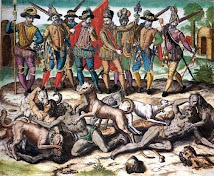

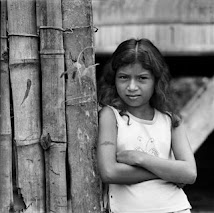

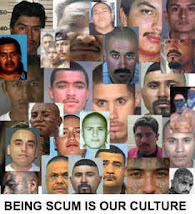.jpg)




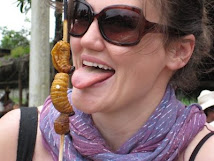

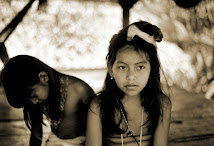.jpg)






